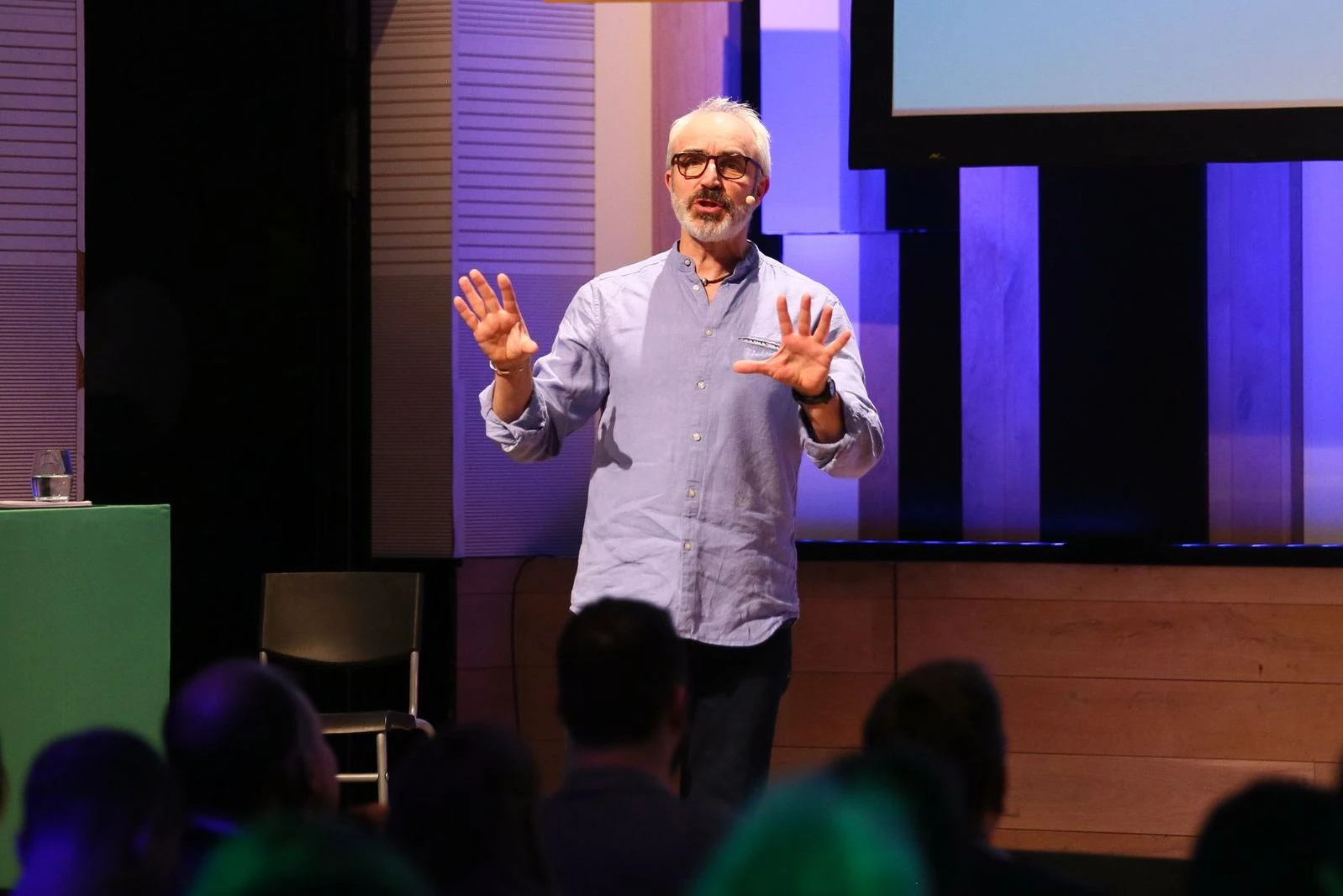Be memorable
Storytelling for Leaders
This is for you if you are looking to find new ways to personalise your leadership style. Connect with your audience and help them imagine outcomes and be inspired to act.

Why tell stories?
- Because facts alone are not enough! In the words of the neuroscientist Tali Sharot, “the human brain is wired for story so if you don’t give the story the audience will create it for themselves”.
- The audience is more likely to listen from beginning to end.
- A narrative structure resonates with the expectations of the human brain, and makes what you’re saying much easier to listen to and deliver.
- Speak freely and spontaneously so that you can build a deep relationship with your audience.
- Allow your audience to be imaginative and creative.
but
- Our high data world of many facts and PowerPoint charts is very complex to listen to. The human brain is about supporting our human need for action. It is still heavily shadowed by over 200,000 generations of hunter gatherer lifestyle and a need to process information in very simple terms so that action can be taken.
- As a leader, your job is often to transfer vision, strategy and information. How do you know the audience have understood clearly and know what to act upon?
- What is the right dramaturgy to use in your structure to capture the attention of the audience at the right time and in the appropriate moment.
- You may have a great story but there is also the role of the storyteller. How do you stay in control and drive the story?
- Are you leveraging your stories in the right way to create the cohesion, focus and buy-in of your audience.

utilise the elements of
fiction
The answer is fiction. Facts and Data on their own never generate action. For action to happen you need to mix fact with fiction. You need a story. This course will help you understand how to utilise the elements of fiction and how they will liberate your style as a storyteller and the ability of your audience to listen.
Create a narrative flow that will help your audience listen from beginning to end.
Use techniques that create clarity, perspective and memorability.
Engage the power of empathy.
Make your interactions fun.
Practice becoming the storyteller and feel confident in how you own and steer the story.
Have choices in the different ways you can capture the attention of your audience.
Trust: Have a simple structure so you can let go of your content and really concentrate on building the relationship with the audience.
The training map
01
Create the desire: How and Why storytelling can help you?
02
Discover and practise the rules of storytelling: What are the age-old key techniques that will empower you and trigger the engagement of your audience.
03
Own the story: How to use the Diamond structure as a narrative architecture to order your content in the most appealing way.
04
Fact and Fiction: How to elicit and shape material in the right way for your audience to trigger the right outcome.
05
Be the Storyteller: How to prepare yourself and your prompts so your delivery feels spontaneous, and you bring your own element of charm and enthusiasm to the fore.
06
Implementation: Identify and prepare for the next opportunities to start your storytelling journey.
Timing
in person
This course is usually a 1 or 2 day programme if delivered live in person.
online
Between 1 and 3 modules of usually 2 hours if delivered online.
